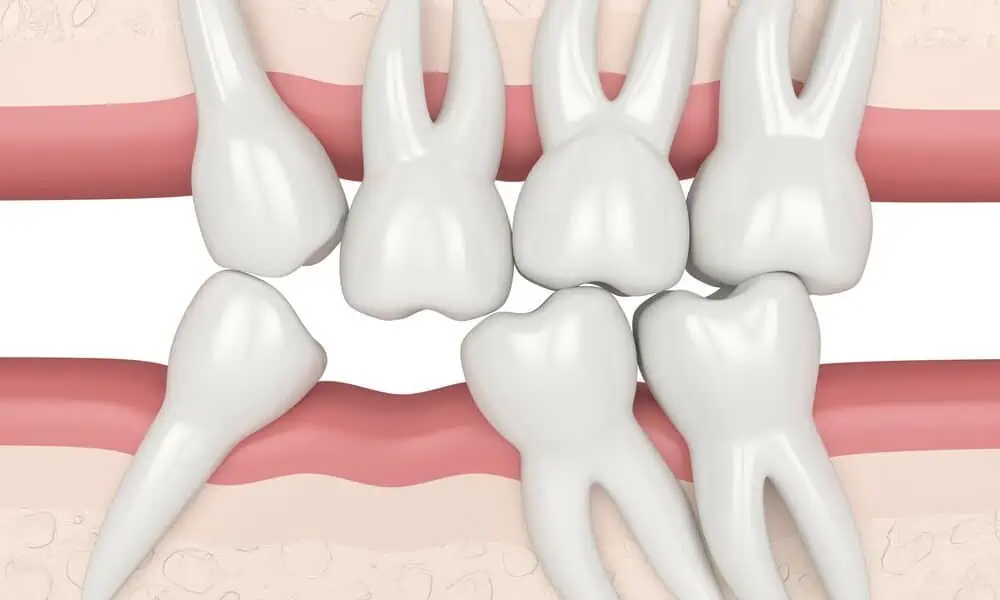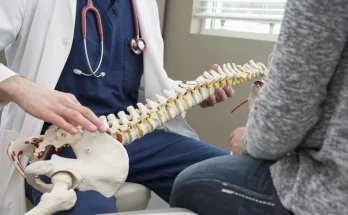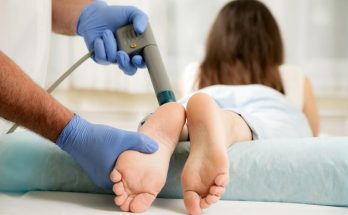Repositioning teeth with orthodontic appliances is a common dental treatment used to improve the alignment, appearance, and functionality of teeth. Orthodontic appliances, such as braces or clear aligners are offered by the dentist Kirkwood highway Delaware. These dental appliances apply gentle pressure to teeth over time, gradually moving them into their desired position.
Let’s explore the mechanism further!
Mechanism of teeth repositioning with orthodontic appliances
The mechanism of repositioning teeth with orthodontic appliances involves a combination of biological and mechanical processes. Here’s a step-by-step explanation:
- Force application: Orthodontic appliances apply gentle, controlled forces to the teeth, either through brackets and wires (braces) or clear aligners.
- Tooth movement: The applied force causes the tooth to move through the surrounding bone, a process called “tooth translation.”
- Bone remodeling: As the tooth moves, the bone around it is resorbed on the pressure side and deposited on the tension side, allowing the tooth to move into its new position.
- Periodontal ligament (PDL) response: The PDL, a network of fibers connecting the tooth to the bone, is stretched on the tension side and compressed on the pressure side. This triggers cellular responses, leading to bone remodeling.
- Cellular response: Osteoclasts (bone-resorbing cells) and osteoblasts (bone-forming cells) are activated, allowing bone to be resorbed and deposited, respectively.
- Tooth movement types: Teeth can move in various ways, including:
- Translation: Movement in a straight line.
- Rotation: Movement around a central axis.
- Tipping: Movement around a fulcrum, with the root moving in the opposite direction.
- Appliance activation: Regular adjustments or activations of the appliance ensure continued force application, guiding the tooth into its desired position.
- Stabilization: Once the tooth reaches its final position, the appliance is removed, and a retainer is often used to maintain the new position while the bone stabilizes.
Orthodontic appliances used in teeth repositioning
Here are some common orthodontic appliances used for repositioning teeth:
- Traditional braces: Metal or ceramic brackets attached to teeth with wires, applying gentle pressure to move teeth.
- Clear aligners: Removable, transparent trays that fit snugly over teeth, gradually moving them into position (e.g., Invisalign).
- Lingual braces: Brackets attached to the back of teeth, hidden from view, for discreet treatment.
- Retainers: Worn after treatment to maintain tooth position and prevent relapse.
- Clear retainers: Transparent, removable retainers for discreet maintenance.
- Fixed retainers: Bonded to the back of teeth, providing long-term stability.
- Removable Hawley retainers: Acrylic and wire retainers, adjustable and removable.
- Palatal expanders: Appliances that widen the upper jaw to correct narrow palates.
- Headgear: External appliances that apply force to teeth and jaws from outside the mouth.
- Elastics: Rubber bands used in conjunction with braces to correct bite issues.
Benefits of repositioning teeth
Teeth repositioning can offer you several benefits such as:
- Improved aesthetics: Straight teeth enhance the appearance of your smile
- Enhanced functionality: Properly aligned teeth improve chewing and speaking abilities
- Boosted confidence: A straight smile can significantly impact self-esteem
- Better oral health: Straight teeth are easier to clean, reducing the risk of decay and gum disease

The treatment process involved in teeth repositioning
Here is a guide to the process involved in teeth repositioning:
- Consultation: Initial assessment and treatment planning
- Impressions: Molds taken of your teeth for appliance creation
- Appliance placement: Braces or aligners are applied
- Adjustments: Regular visits for wire tightening or tray replacement
- Monitoring: Progress tracking and adjustments as needed
- Removal: Appliances removed, revealing straightened teeth
- Care and maintenance:
- Oral hygiene: Regular brushing and flossing
- Appliance care: Clean and store aligners properly
- Diet: Avoid hard or sticky foods that can damage appliances
- Regular check-ups: Ensure treatment progress and address concerns
Repositioning teeth with orthodontic appliances offers numerous benefits, from enhanced aesthetics to improved oral health. By understanding the treatment process and types of appliances available, individuals can make informed decisions about their orthodontic care. With proper care and maintenance, orthodontic appliances can effectively straighten teeth, leading to a more confident and healthy smile.




